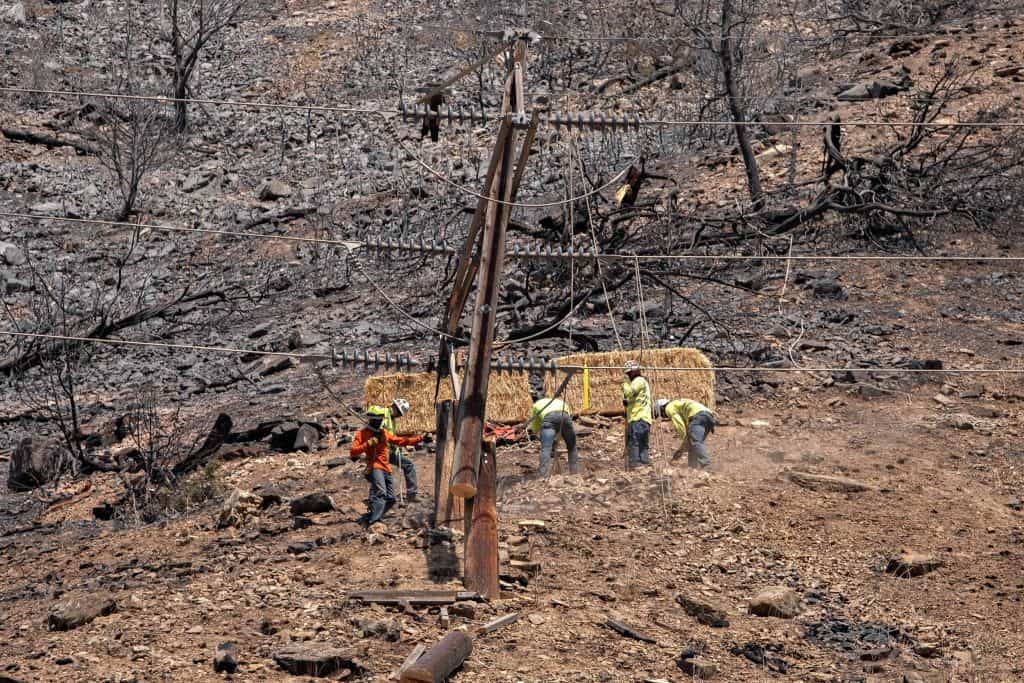
When Matthew raised the question about how Colorado utilities deal with wildfire risk, I found this piece in the Colorado Sun:
Wildfire risks will almost certainly worsen. The Fourth National Climate Assessment published in 2018 projected the annual area burned in the contiguous western United States will increase 200% to 300% by mid-century. In a sense, this year’s fires are merely a warm-up act. And this year’s hot summer will, in the future, be considered cool.
People have also been rapidly moving into the foothills of Colorado and other areas called the wildland-urban interface, an average increase of 2.5% annually from 1990 to 2010, according to a study conducted by Silvis Lab. As of 2017, half of all Coloradans lived in areas at risk to wildfires, the Colorado State Forest Service reported in 2018.
If wildfires keep up the way they are going, at least where trees and brush grow back slowly, I don’t think they’ll be enough unburned places left by 2050 to sustain a 200%-300% increase in acres burned (or they will be grass fires with not exactly the same kinds of suppression strategies nor impacts). It should also be pointed out that some of these seemingly scary WUI numbers are grasslands- which can also burn, but not exactly the same. In fact, some of the Headwaters maps show desert and grasslands as having the highest amount of undeveloped WUI.
The utility says 2,100 miles of its overhead distribution feeder lines in its service territory and 2,900 miles of transmission lines are within the wildfire risk zone that was developed by the Colorado State Forest Service. Its goal has been to “harden” the electrical delivery system and revise operations to reduce risk by increased use of tools such as infrared inspection to identify thermal “hot spots” with priority in high wildfire risk areas, LIDAR technology and drones to provide detailed pole-top inspections.
By the following June, the company had assembled a wildfire mitigation team to explore what types of additional or accelerated projects could further mitigate the risk of utility-caused ignitions. Xcel spent $10.7 million in 2019 while inspecting 2,900 miles of transmission lines and replacing 2,305 distribution wood poles among the 67,162 it inspected.
In its filings, Xcel identifies $590 million in wildfire mitigation programs from 2019 through 2025. At least some of these costs it seeks to recover through additional revenue via a rider on customer charge. If approved by the Public Utilities Commission, a typical residential electricity customer’s bill would increase by 49 cents a month, to $69.53, Xcel says on its website. The rider would be adjusted during the next four years.
It seems to make sense that the folks using the energy would have to pay for hardening the transmission lines.